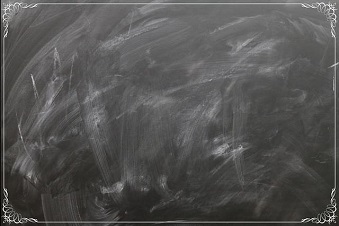What is 2.19 as a Fraction?
2.19 as a Fraction equals 219/100.
Here are the steps to convert 2.19 into a fraction.Write 2.19 as
Multiply both the numerator and denominator by 10 for each digit after the decimal point.
As a side note the whole number-integral part is: 2
The decimal part is: .19 = 19/100
Full simple fraction breakdown: 219/100
Scroll down to customize the precision point enabling 2.19 to be broken down to a specific number of digits.
The page also includes a pie chart representation of 2.19 in fraction form. The different types of fractions, and what type of fraction 2.19 is when converted.
Fractional part of 2 19/100 graphically represented in a pie chart
Decimal to Fraction Calculator
Level of Precision for 2.19 as a Fraction
The level of precision are the number of digits to round to. Select a lower precision point below to break decimal 2.19 down further in fraction form. The default precision point is 5. If the last trailing digit is "5", use the "round half up" and "round half down" options to round that digit up or down, when you change the precision point.
For example 0.875 with a precision point of 2 rounded half up = 88/100, rounded half down = 87/100.
= 21900/10000
= 2190/1000
= 219/100
Numerator & Denominator for 2.19 as Fraction
2.19 = 2
numerator/denominator =
Is 2 19/100 a Mixed, Whole Number or Proper Fraction?
A mixed number is made up of a whole number and a proper fraction part. Whole numbers have no fractional or decimal part. For proper fractions the numerator (the top number) is less than the denominator (the bottom number). In this case the whole number value is 2 and the proper fraction value is
Is 2.19 a terminating, recurring or an irrational decimal?
Not all decimals can be converted into a fraction. There are 3 basic types which include:
Terminating decimals have a limited number of digits after the decimal point.
Examples: 73.71 = 73 71/100 , 769.184 = 769 184/1000 , 6685.9423 = 6685 9423/10000
Recurring decimals have one or more repeating numbers after the decimal point which continue on infinitely.
Example: 4928.3333 = 4928 3333/10000 = 333/1000 = 33/100 = 1/3 (rounded)
Irrational decimals go on forever and never form a repeating pattern. This type of decimal cannot be expressed as a fraction.
Example: 0.229019663 ...
Fraction into Decimal
You can also see the reverse conversion I.e. how fraction
2
Convert another Decimal into a Fraction

Common Decimal to Fraction Conversions
Click any decimal to see it as a fraction:
More Decimals in Fraction form
Click any decimal to see the converted fraction value:
Negative numbers in Fraction form
Click a number to convert as fraction:
Sample Decimal to Fraction conversions
Click a decimal to convert into a fraction: